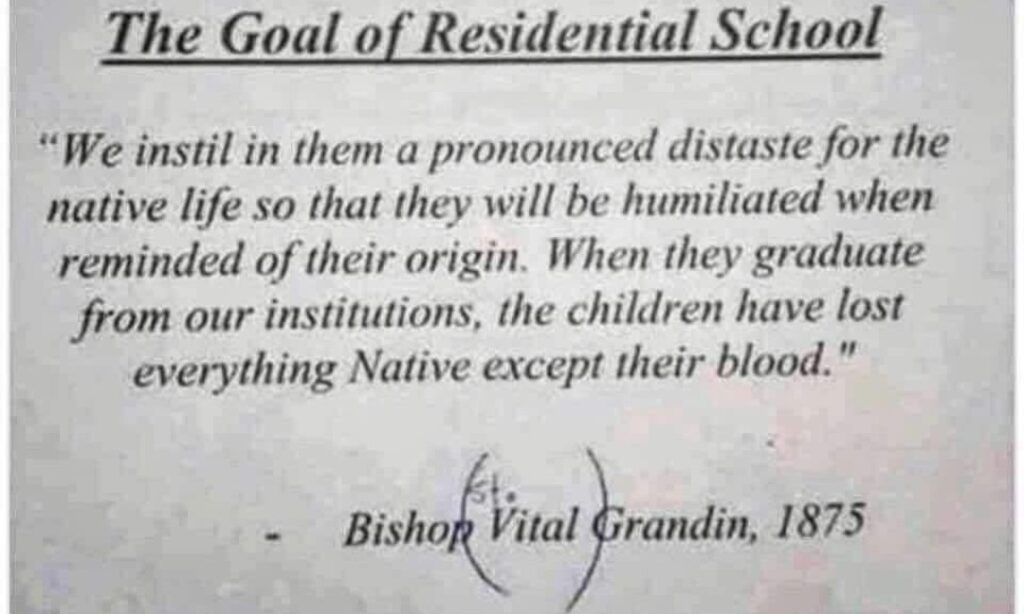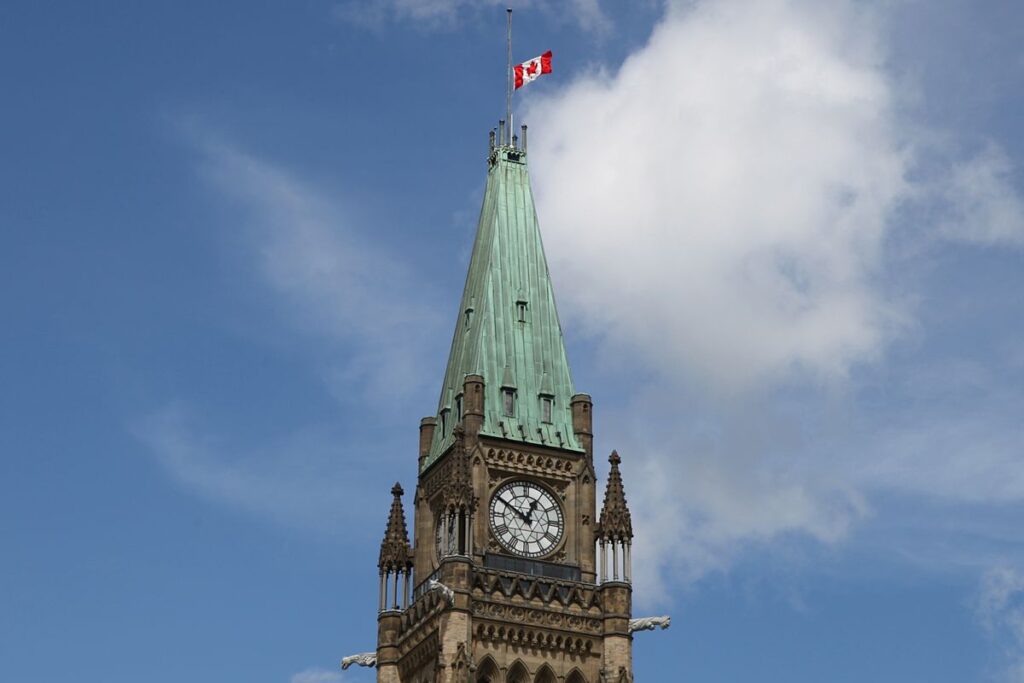When Lady Diana Spencer was killed in that Paris car crash 24 years ago, I remember feeling horrified at the memorials that grew outside Kensington Palace and Buckingham Palace.
The people of a mourning nation laid an estimated 60 million flowers not knowing what else to do to channel their grief. The bouquets made a stunning visual for photographers and TV camera crews but what was the point? If they had spent pounds on food instead of flowers, I thought, hungry people could have been fed. Florists, it seemed, were the only winners.
Since then, I’ve softened my stance on those “wasteful” memorials and other symbolic gestures. People needed to express their grief and adding to a giant, growing tribute made them feel less alone. They couldn’t hug the family and tell them what Diana meant to them. Someone laid a bouquet and others simply followed. Those mountains of flowers became symbols for the size of the nation’s pain.
In no way am I comparing the untimely death of a privileged white woman to the way our nation has treated its native people. I use it as an illustration of how my mind has changed when it comes to symbols. Some people, a vocal minority, don’t seem to get why it’s important that our political leaders make symbolic statements.

For far too long, Canada’s indigenous peoples have suffered alone in their grief. Our schools didn’t teach us the truths of our own nation. They spoon-fed us a heavily redacted version of US history that made white people seem like all-knowing saviors. I hadn’t heard the phrase “residential schools” until I was long out of high school. How can you learn more about what you don’t know even exists?
You can’t. But what you can do is make sure the next generations aren’t steeped in the same ignorance.
More than 200 bodies of children were discovered last week near the site of Kamloops’ former residential school that operated between 1890 and 1978. (Canada’s last residential school closed in 1996.) A vocal minority of Canadians say, it’s over, let it go. Could you let go of the loved one who was forced into that system and never seen again? Or the stories from an elder, abused and neglected because of his race? Residential schools aren’t “history” for First Nations’ communities. They’re a legacy that’s alive and still causing great pain.
Last week, London, ON Mayor Ed Holder announced he’d lower city flags to half-mast in mourning for these lost children. “But it doesn’t DO anything”, some say. “The federal government officially apologized in 2008.” It does a lot, I think. It’s a symbol of our empathy, our grief, and our horror over the atrocities forced on innocent people. I had nothing to do with residential schools, racism, or the policies that led to them. But it was my country’s official policy. I feel compelled to do whatever I can to show my disgust, sadness, and to help make up for those wrongs. Even though I know I can’t. But I can say, on behalf of my community,, that I want these symbols to show the importance of supporting those who are hurting. It truly is the least we can do.

Lisa Brandt


Well said Lisa 💔😥
With the various societal issues of the past several years, Me movement, Black Lives Matter and Residential Schools and the tearing down of those symbols and symbolism associated with these issues. I’m continuously reminded of two old statements, “Hindsight is always 20/20”, and “Those who fail to learn from the past are destined to repeat it”.
We further exacerbate these issues as individuals by looking to government to find and provide us with the answers as if they have some magic wand or some superior insights and they don’t, for the answers are within each one of us! For only we as individuals can truly affect change and it starts by looking in the mirror.
We don’t learn about these things in schools, if we believe they’re right and just, only if they’re wrong but we don’t know that until we’re looking in the rear view mirror.